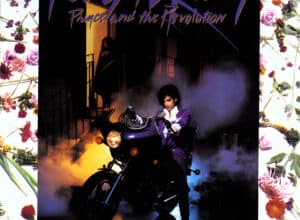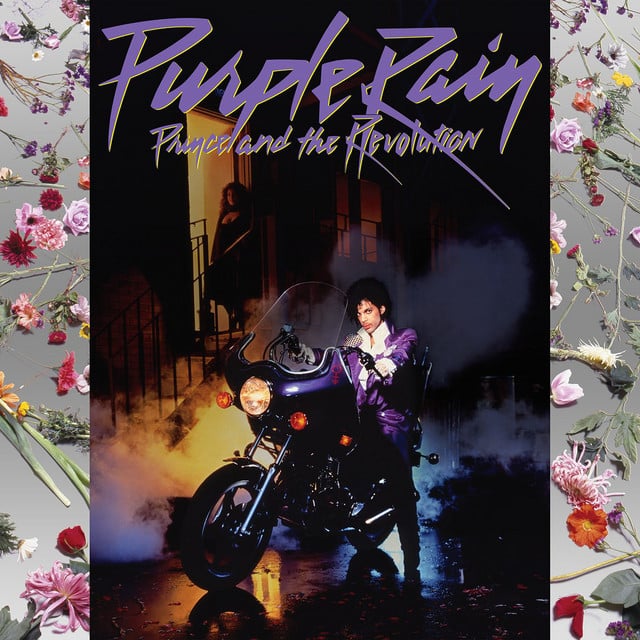Released: 1984
“When Doves Cry” by Prince is a masterstroke painting in song of an intimate relationship, splashed with vivid imagery and bleeding with emotional turmoil. Rooted in metaphor, the track explores the complexities of love, self-doubt, and familial influences in shaping personal relationships.
Prince comes in hot from the gate with “Dig if you will the picture/Of you and I engaged in a kiss/The sweat of your body covers me.” He’s not just talking about physical intimacy, he’s laying out the magnitude of the connection. There’s passion, there’s heat, but there’s also vulnerability. “Can you my darling/Can you picture this?” he asks, indicating the comprehensiveness of this emotional intimacy – it’s so full-on, it’s almost too intense to visualize.
The next verse takes us into a fantastical landscape, an “ocean of violets in bloom,” setting the scene for a love that’s idyllic yet teeming with an undercurrent of unease. The animals’ “curious poses” could be reflective of the ambiguity in the relationship, where actions and motives are not always clear. The heat in this scenario is the tension, unresolved issues pulsating between them.
The recurring question, “How can you just leave me standing?” hints at abandonment, that proverbial cold world amplifying the loneliness Prince feels. His introspection leads him to question if he’s “too demanding” or “too bold,” echoing the personality of his father and mirroring classic Freudian psychology, where the parental influence significantly shapes a person’s actions and expectations from relationships.
In the same vein, he observes the woman in question to be unsatisfied, never content like his mother. This instigates a cycle of intergenerational dynamics thrust onto their relationship, causing them to “scream at each other.” The resulting turmoil is likened to the sound of doves crying, a powerful symbol of peace disrupted.
Prince uses the image of “butterflies all tied up” in his stomach as an emblem of fluttering nervousness, likely arising from relationship anxieties. The refrain that “even doves have pride” conveys a refusal to beg for love or subject oneself to humiliation.
The repeated refrain, “When doves cry,” serves as the central metaphor. ‘Crying’ is often associated with emotional release and the ‘dove’ is a universal symbol of peace, purity, and love in many cultures. When ‘doves cry’ it signifies a disruption, a breakdown of these ideals, resulting from the tumultuous relationship discussed in the song.
Its closing lines “Don’t cry/Darling don’t cry” seem to circle back to this central theme; it’s a plea for peace, a desire to restore the love that’s been tested by complexities and expectations. Prince wants to end the cycle of pain and retreat, but he’s also aware relationship dynamics aren’t easy to transform.
“When Doves Cry” is this heady mix of raw emotion, psychological introspection, and poignant storytelling that has maintained its resonance with audiences over the decades, a testament to Prince’s profound creativity and unflinching honesty.






